 |
| Biden Has Reopened A Trump-era Facility |
Ironically, because of this, The Washington Post recently reported the Biden administration has reopened a facility in Carrizo Springs, Texas, to house migrant teens who crossed the border without adults. What the Biden Administration is currently doing with immigration does not constitute real reform to a broken system. It is tweaking and sidestepping comprehensive immigration reform which has become a political football used by those wanting to swing policies in the direction they desire. Do not underestimate the ability of politicians and mainstream media to confuse this issue by claiming it is also a litmus test to measure whether a person is compassionate or cares about their fellow human beings.
The immigration system is badly broken and fixing it is easier said than done. A huge part of the problem stems from the fact most
people can not agree on exactly what kind of immigration system we
should have. To many Americans, the key issue is how open the borders
should be and who should be allowed to enter.
The debate of what people
"deserve" and whether those who have it should share is not new. To some
people, it comes down to basic human rights. This turns into a wish of
how things could be rather than how they are. Remember, borders are a
creation of man and men set the rules as to who
crosses them and on what terms. While it may seem unfair to exclude or
deny individuals this right we must remember that life is unfair and
this is a reality of life.
 |
| Trump's Border Proved Politically Divisive |
Many countries have "controlled" borders that
limit those who wish to enter.
This means, whether
a person lives in a "land of plenty" by luck or worked their way in
by cunning or toil it is something to be valued. The main reason countries try to keep immigrates out stems from the types of
people that wish to enter. Sticking in my mind is the line, "they opened
the borders so workers would come in but they got people instead." This
keys onto the fact that many citizens resent people being allowed to
enter the country and joining the group of people receiving government
aid. To
make matters worse many of these people do not follow or honor the
mores and customs that allow a society to function.
While it is difficult to get numbers, it appears that between December 21, 2018, and June 11, 2019, the DHS with their "catch-and-release' system" allowed at
least 190,500 border crossers and illegal aliens into the interior of
the United States. These people were often given work permits which allow migrants to take
jobs in the United States while awaiting their asylum claims. One
federal immigration official noted that only around 12% of
border crossers actually end up qualifying for asylum. This highlights that many illegals simply ignore immigration laws. ICE officials told Congress last month that around 87% of illegal aliens fail to show up to their court
dates. This forces the agency to undertake the
expensive task of attempting to locate each offender for deportation
which is nearly impossible. If you are against immigration, this truly
is a crisis.
The phrase, "catch and release" refers to a collection of policies, court precedents, executive actions, and federal statutes spanning more than 20 years. These were cobbled together by Democratic and Republican administrations. This means many of the people apprehended by US authorities were released from detention while awaiting their immigration hearings. This was partly due to limitations in detention space and legal limits on who could be detained and for how long. For example, one court ruling prohibits detaining women and children for more than 21 days. While many of the same practices occurred during Obama's time in office, President Trump took a lot of heat over the immigration issue. In truth, the result of Trump's directives turned out to be "more show and salesmanship" than a major change in the way things were handled. This is because congressional approval was needed to pay for more detention capabilities, this is why many federal agents complained they were spending more time processing immigrants than guarding the border.
Immigration is the crux of the issue and Trump's so-called wall has become a diversion. It is little wonder much of the world appears
to have lost faith in America's ability to lead when we have allowed
the country to be held hostage over such the mundane issue of a wall
aimed at reducing illegal immigration. The fact is walls are a barrier
and barriers impede easy access. While such a barrier is not the answer
or solution to immigration it is a tool that can help limit
and direct how people illegally enter the country. Ironically, American citizens stand in long lines with passports in hand while
long parts of our borders go unprotected. The fact is anyone who has
traveled knows you can't just walk into any country without any
questions asked.
 |
| America's Immigration System Is Broken |
A lot more of our political
attention should be focused on the broken bureaucratic apparatus that
comprises our current immigration system. Immigration has been an issue for
decades and not properly addressing it will not make it go away. A
reasonable solution to
solving our immigration problems has eluded both
Republicans and Democrats time and time again and reduced those caught
within the system into political pawns. The debate over immigration, processing new arrivals, and addressing
millions of undocumented immigrants, receives plenty of press but most of our immigration problems lurk below the radar.
Tens of billions of dollars are wasted each year on this costly inefficient system according to an article published by the American Action Forum way back in April of 2015. The article explored the cost of a broken immigration system on American business. The fact is that when the American Action Forum (AAF) analyzed the total costs of the immigration system, they found close to $30 billion
in annual regulatory compliance costs. It hardly takes a rocket
scientist to determine that reducing the number of people "illegally"
entering the country would save billions of dollars and allow the system
to function better even in its current poorly crafted form.
Examining paperwork requirements
by way of the Office of Information and Regulatory Affairs (OIRA) the
AAF found 20 requirements dealing specifically with the labor
implications of
hiring an immigrant worker. Of this, seven paperwork burdens specifically applied to employers. AAF used agency
estimates on the amount of time for each requirement, the number of
forms, the length of applications, and the number of applicants. When an
agency
failed to provide a cost for the paperwork burden, AAF used the
Department of Labor’s estimate of “Real GDP Per Hour Worked:” $60.59 and assumed $180 per hour as a reasonable cost for an immigration attorney.
Immigration also takes a toll on American
employers, these burdens increase the cost of
doing business and place a barrier to firms wishing to hire qualified
workers.
AAF found that a hypothetical firm hiring an immigrant would have to
manage up to six federal forms, totaling 118 pages, and at a cost of
approximately $2,200 per firm, per hire. Even small businesses in states far from the border are required to confirm a worker is legal to
work. This is a bit ridiculous for small firms with only a few workers,
all from their own family which they have known since
birth, but that's the law.
Another article in The New York Times from September of 2016, titled; “The Economic and Fiscal Consequences of Immigration” cites a 509-page National Academy of Sciences Study that reinforces the fact this is a
very controversial issue. The report allowed interest groups on both the left and the right
to claim it vindicated their positions. America’s Voice,
a liberal advocacy group, declared from the pro-immigration side it "confirmed immigrants benefit America." while conservatives
calling for more restrictions on immigration read the same report but
had a very different interpretation saying it showed "workers and taxpayers lose, businesses benefit.”
According to a Harvard-Harris poll, around 2-in-3 American voters are
opposed to catch-and-release, and according to GOP voters, conservatives, and Trump supporters, reducing overall
immigration remains a priority. Little of the border
wall barriers Trump promised were ever built. None of this is a solution to the Deferred Action For
Childhood Arrivals (DACA) situation, and loading millions of people on
buses and deporting is never going to happen. Still, those
wanting more open borders should realize the current immigration is broken.
We should step away from the "emotional" aspects of immigration such as flowery debates about the rights of people and what they "deserve" and focus on real immigration reform. In the overall scheme of things considering America's multi-trillion-dollar budget, the cost of building a wall is peanuts and it is easy to see how America will get a good economic return on money spent for a barrier that works 24/7 year after year. Again those we have sent to Washington are proving they are more interested in grandstanding and playing to their base rather than solving real problems.
(Republishing of this article welcomed with reference to Bruce Wilds/AdvancingTime Blog)




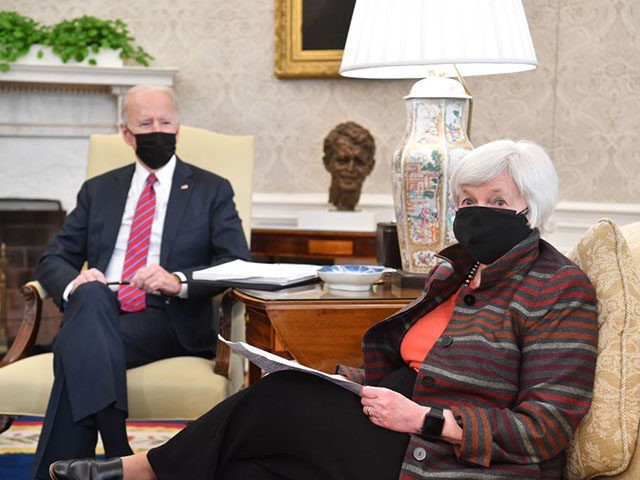


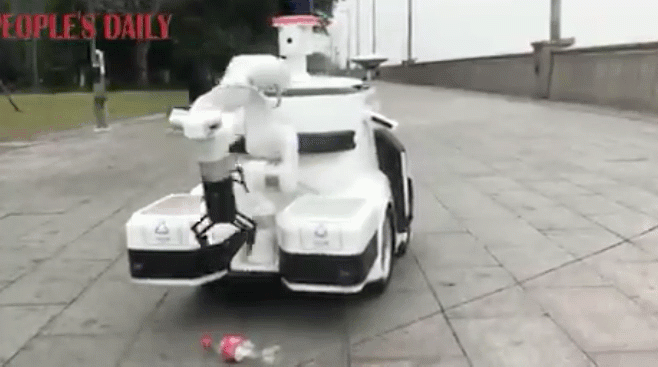
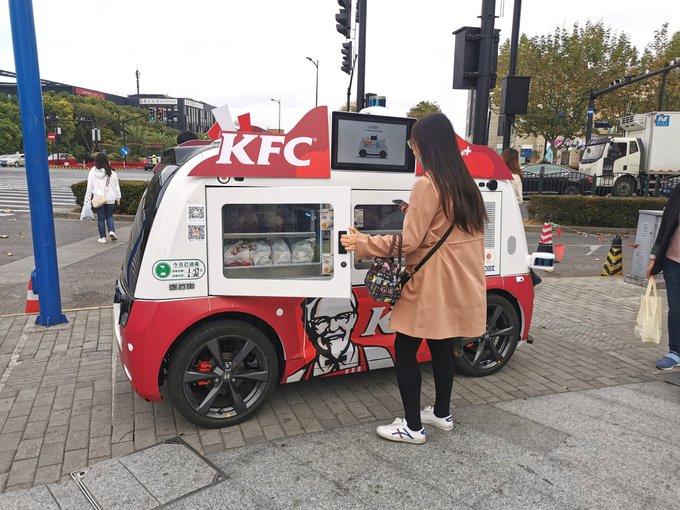
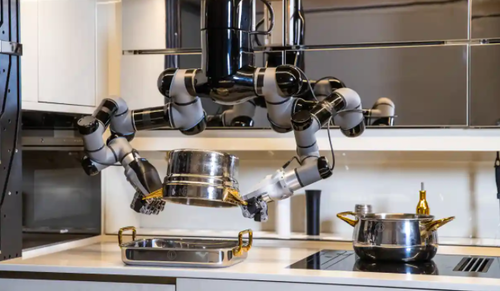

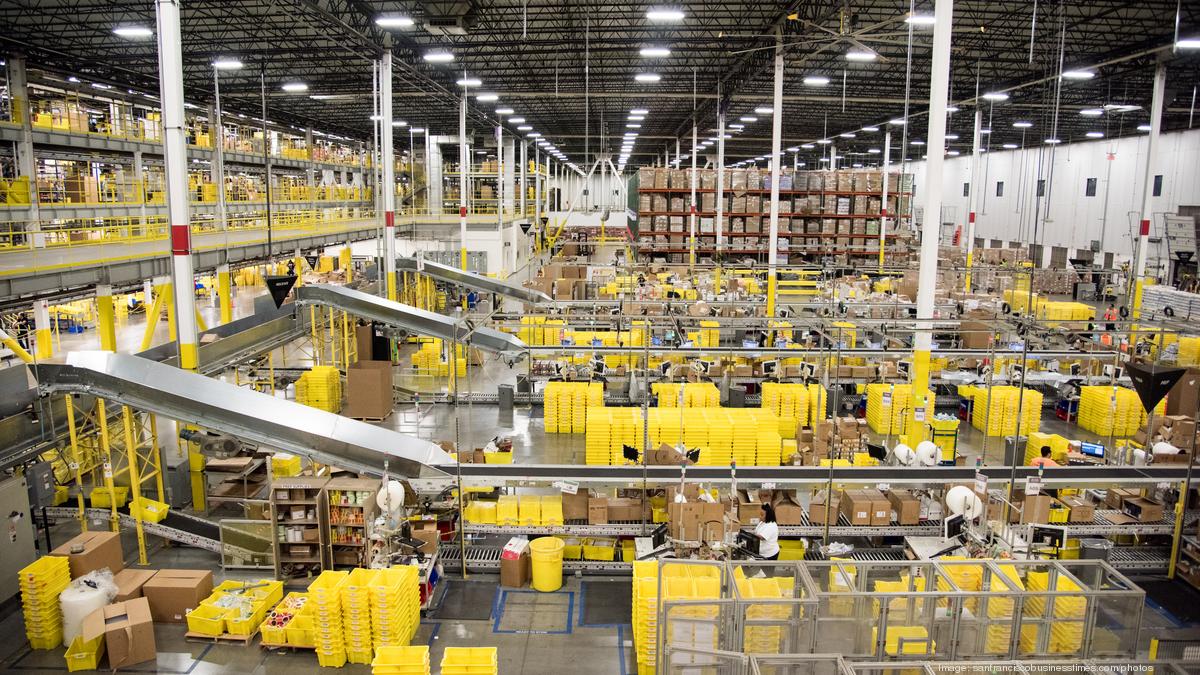
Footnote: The link below is to an article that tells more about Bitcoin, cryptocurrencies, ICOs, and blockchain.
https://brucewilds.blogspot.com/2017/11/bitcoin-cyptocurrencies-and-what-are.html
(Republishing of this article welcomed with reference to Bruce Wilds/AdvancingTime Blog)